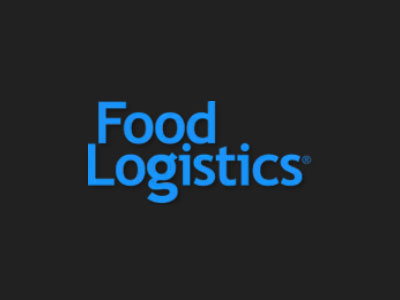Lisa Anderson was quoted in Food Logistics’ Top 10 Trends to Shape Cold Food Chain in 2024 recently. With the help of some supply chain visibility, sustainable measures, more focus on people and the ability to pivot at a moment’s notice, 2024 is anyone’s and everyone’s game to succeed.
Top trends to watch in 2024
Nearshoring, risk mitigation and building resiliency. The top supply chain trends to watch in 2024 include a keen focus on mitigating supply chain risk, reshoring and nearshoring to source reliable production closer to customers, finding backup sources of supply, creating resiliency in the end-to-end supply chain, digitizing the supply chain, and keeping an eye on cybersecurity threats, according to Lisa Anderson, president, LMA Consulting Group, Inc.
“Since there is heightened risk in the global supply chain due to geopolitics, conflicts over natural resources, ongoing concerns related to the Russia-Ukraine war, South China Seas, new threats in the Suez Canal related to the Israel-Hamas conflict, Panama Canal issues related to drought, and concerns about natural disasters, labor negotiations/labor shortages, and cyber threats, smart executives are taking control,” she adds.
Sustainability. Despite all of the challenges and disruptions the supply chain industry faces, sustainability still remains a key trend for 2024, especially as companies race to deliver on their net-zero commitments by 2030.
“In many sectors, Scope 3 emissions can account for up to 80% of a company’s total emissions. Lowering Scope 3 presents one of the most significant opportunities for decarbonization, and the industry will look for opportunities to gain operational efficiencies,” Gerdeman says. “For example, our clients are using our analytics to optimize the mode, route, and equipment selection for temperature-sensitive goods, saving money by protecting products from freezing or spoilage, reducing refrigeration costs when cold blankets do the trick, reducing fuel costs, and lowering their carbon emissions.”
In fact, global food and beverage production accounts for roughly 34% of global greenhouse gas emissions (GHG), and according to the Food and Agricultural Organization, the food and beverage supply chain is on track to become the industry’s largest polluter. OXFAM found that the emissions of 10 of the largest food and beverage fleets equaled the total emissions of all Scandinavian countries combined.
State of transportation
The driver shortage still exists, diesel fuel costs are still on the rise and U.S. container imports continue to experience an uptick month-over-month.
The Yellow Freight bankruptcy also created a ripple effect on the industry, one that is still somewhat being felt.
“Customers had to scramble, opportunities arose for competitors, and the supply chain evolved,” Anderson says. “Similarly, the threat of a potential rail strike and West Coast port strike caused customers to transition to alternate modes of transportation and pursue alternate routes. The same is occurring with the UPS strike and the UAW strike as supply chains are moving to account for these types of issues.”
State of e-commerce
E-commerce in grocery didn’t really become a thing until COVID-19 forced several supermarkets and grocery retailers to create a B2C arm of their business almost overnight.
Fast forward to what will be 4 years later, and the rise of e-commerce in grocery is here to stay.
Similarly, B2B channels are also growing.
“For example, cold chain needs will explode as computer chip capacity comes online with the expansion of manufacturing with the CHIPS Act,” says Anderson. “Thus, cold chains are expanding at a rapid rate and will continue to thrive in 2024. Cold storage is limited, and even though there are inflationary pressures escalating the cost to build cold storage facilities, growth will be robust. Innovation will be essential to meeting these needs in a way that will provide customer value in a sustainable and profitable manner in 2024.”
What’s to come in 2024?
While 2023 may have been the Year of Bottlenecks, 2024 opens the door to longevity, peace and prosperity.
Yet to achieve those elements, companies must be more proactive, more agile and more forward-thinking.
“Instead of being reactive, forward-thinking executives are making the shift to being proactive. Thus, they are setting up a resilient supply chain with the ability to scale up/ down quickly, utilize backup sources of supply, alternate logistics and transportation providers and routes, and educating a cross-functional workforce. They are also rolling out proactive and predictive demand and supply planning programs such as SIOP (Sales Inventory Operations Planning), forward positioning of inventory and capacity, and predictive analytics. As no client has enough high-skilled talent, the best organizations are automating, digitizing, and using robotics, autonomous vehicles, artificial intelligence, IoT and the metaverse (AR/VR) to best utilize limited resources while supplying customer needs,” says Anderson.



